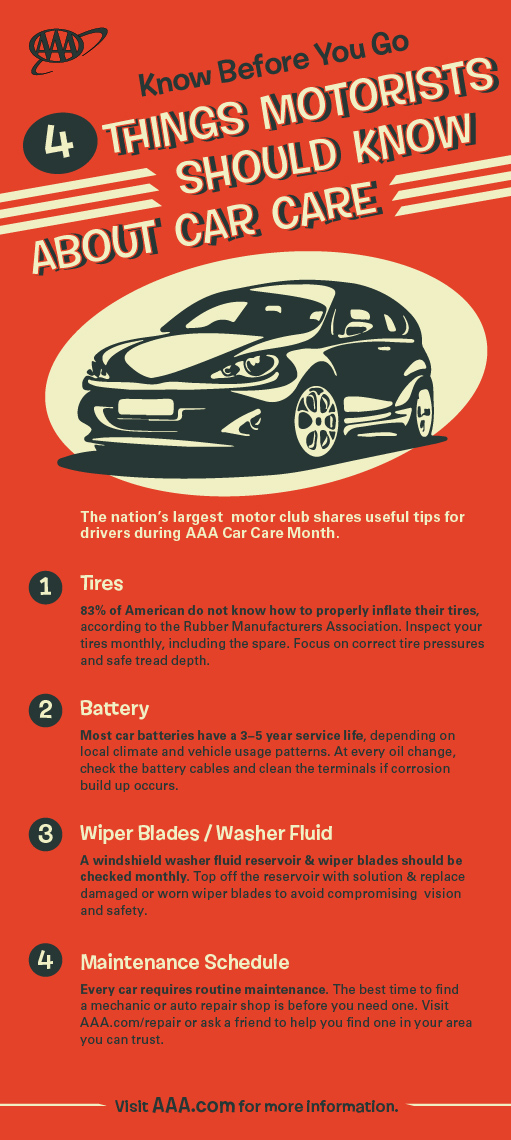A Newbie'S Overview To Understanding Your Car'S Caution Lights
A Newbie'S Overview To Understanding Your Car'S Caution Lights
Blog Article
Post Composed By-Almeida Kemp
When you lag the wheel, those little warning lights on your vehicle's control panel can be quite complicated. What do they imply, and should you be worried? Recognizing these signals is critical for your car's well-being, yet it does not need to be a complicated job. By deciphering the mystery behind each light, you'll be geared up to handle prospective issues efficiently and keep your automobile running smoothly. So, following time a warning light flashes, don't panic - arm on your own with expertise and take control of the situation.
Significance of Auto Caution Lights
Understanding the value of your cars and truck's warning lights is important for maintaining your vehicle's health and safety. These lights function as your car's interaction system, notifying you to potential issues that could jeopardize your safety and security when traveling or bring about expensive repairs if disregarded. By focusing on these warnings, you can resolve problems early and protect against additional damages to your vehicle.
Neglecting advising lights can result in major effects, such as engine failing, brake breakdowns, and even crashes. These lights are made to alert you of concerns varying from reduced tire pressure to engine malfunctions, offering you the opportunity to take action prior to the situation aggravates. Frequently examining and understanding auto upholstery repair can conserve you time, cash, and ensure your safety while driving.
In addition to maintaining you safe, reacting promptly to warning lights can likewise help extend the life-span of your vehicle. By resolving problems early on, you can prevent tiny problems from intensifying right into significant repair work, ultimately conserving you time and money in the long run. Keep in mind, your cars and truck's warning lights are there for a factor - do not neglect them!
Common Warning Lights and Meanings
When it concerns driving your auto, recognizing typical caution lights and their significances is crucial for your safety and vehicle maintenance. Here are mechanic lien of common caution lights you may encounter:
1. ** Examine Engine Light **: This light shows a concern with your engine. It could be something small like a loosened gas cap or something extra serious like engine misfiring.
2. ** Battery Light **: This light signals a trouble with your vehicle's billing system. It can show a faulty battery, generator, or other associated components.
3. ** Oil Stress Light **: When this light begins, it indicates your engine may be running low on oil or experiencing low oil pressure, which can lead to engine damages otherwise dealt with without delay.
4. ** Brake System Light **: This light suggests a problem with your braking system. It might mean reduced brake fluid degrees or an issue with the brake system that needs instant focus.
Understanding these typical caution lights will certainly aid you recognize possible concerns beforehand and prevent even more significant troubles down the road.
How to Reply To Caution Lighting
In the event that a caution light illuminates on your vehicle's dashboard, it's critical to react quickly and suitably. When how much is a brake line repair begins, the first step is to consult your owner's handbook to recognize the particular issue suggested by the light.
Some lights call for prompt focus, while others may show a less urgent matter. If the caution light is red or flashing, it's usually an indication of a significant issue that needs immediate activity. In such situations, it's recommended to pull over safely, shut off the engine, and seek professional help.
For yellow or orange caution lights, while they might not need instant attention, it's still essential to address the underlying issue immediately to prevent further damage. Routine maintenance and evaluation can help avoid cautioning lights from coming on all of a sudden.
Conclusion
Finally, understanding your vehicle's warning lights is essential for keeping your vehicle's health and wellness. By routinely examining and reacting to these warnings, you can address possible issues early and protect against costly repair work or safety and security threats. Keep in auto body repair shops to consult your owner's handbook for details on different caution lights and always take immediate activity for red or flashing lights. Remain aggressive and keep your auto running smoothly!
